With all of the advances in AI and machine-learning tech, will patients still turn to human doctors for diagnosis and treatment in the future?
As it turns out, your irrational fear of a robot takeover might be more rational than you thought. McKinsey estimates that 51% of all job-related activities in the U.S. could easily be replicated by automated technologies. Of course, most of those jobs are entry- to mid-level in industries like retail, manufacturing, and foodservice. That said, considering the rate of technological advancement we’re currently seeing in areas like AI and machine learning, who’s to say that more demanding and nuanced professions like doctors and surgeons won’t be next
Med School For Robots
There are three reasons the idea of automated, AI-driven healthcare doesn’t freak me out:
- It would reduce and/or eliminate human error
- It would reduce healthcare costs (for consumers and providers)
- It would democratize access to vital treatments and/or diagnostic services
As an example, let’s look at anesthesiology and radiology — two areas in medicine that are both extremely important and extremely costly.
The now (in)famous Sedasys machine by Johnson and Johnson, though relegated solely to the realm of colonoscopies, was capable of autonomously administering anesthesia at a cost of approximately $150 to $200 per use. This was a fraction of the cost of using an actual anesthesiologist, which typically amounts to $2,000 each time.
Though it has since been discontinued because of poor sales, it was deemed more proficient at monitoring human vitals than an actual doctor, which significantly lowered the risk of over-sedation. What’s more, it utilized a drug called propofol that required less recovery time (i.e., shorter hospitalizations), which ultimately allowed hospitals to perform more procedures per day and boost revenue. And while Sedasys is currently out of commission, researchers at the University of British Columbia are currently testing a device that can automate anesthesia for complicated brain and heart surgeries in both adults and children.
Perhaps more than any other area of medicine, diagnostics is poised for an AI- and automated tech-driven disruption. Advances in deep learning, which involve training artificial neural networks to make new decisions based on immensely large quantities of data, are redefining what’s possible when it comes to early disease detection.
This approach has proven particularly successful in neuroimaging. Enlitic, a San Francisco-based startup, has created a system that can identify malignant tumors 50% more accurately than humans. It also has a false-negative rate of 0%, compared to humans’ false-negative rate of 7%.
A Collaborative Future
Despite this article’s “provocative” title, I do actually think doctors will still exist in 20 years. Coping with an illness or injury is a complex, emotional process, and will always require a human touch. However, for areas of medicine that are fairly routine and repetitive, relying on automated technologies certainly makes a lot of sense.
Most hospitals and medical practices are short-staffed, often struggling to keep pace with patient demand — especially as the number of chronic conditions, such as type 2 diabetes and heart disease, continue to rise.
The best way forward, in my view, is to adopt a collaborative approach to AI and machine learning tech in medicine. In other words, doctors shouldn’t be afraid for their jobs — they should utilize these technologies to improve the overall quality of care and level of access for patients in need of treatment. For example, robotic surgery combines machine learning with human intelligence in order to minimize scars, shorten hospital stays, hasten recovery time, and reduce costs for both the patient, and the provider.
What’s more, while the age of AI and automation may result in the disappearance of some positions (watch out, anesthesiologists), it will undoubtedly bring with it countless new jobs that need to be filled — the kind of churn and change that can be expected when any industry goes through a period of modernization.
At the end of the day, when you consider all of the benefits that these technologies have to offer, both from a patient and provider perspective, it’s hard to make the argument that this evolution is a bad thing — and personally, I’m excited to see what the future brings.
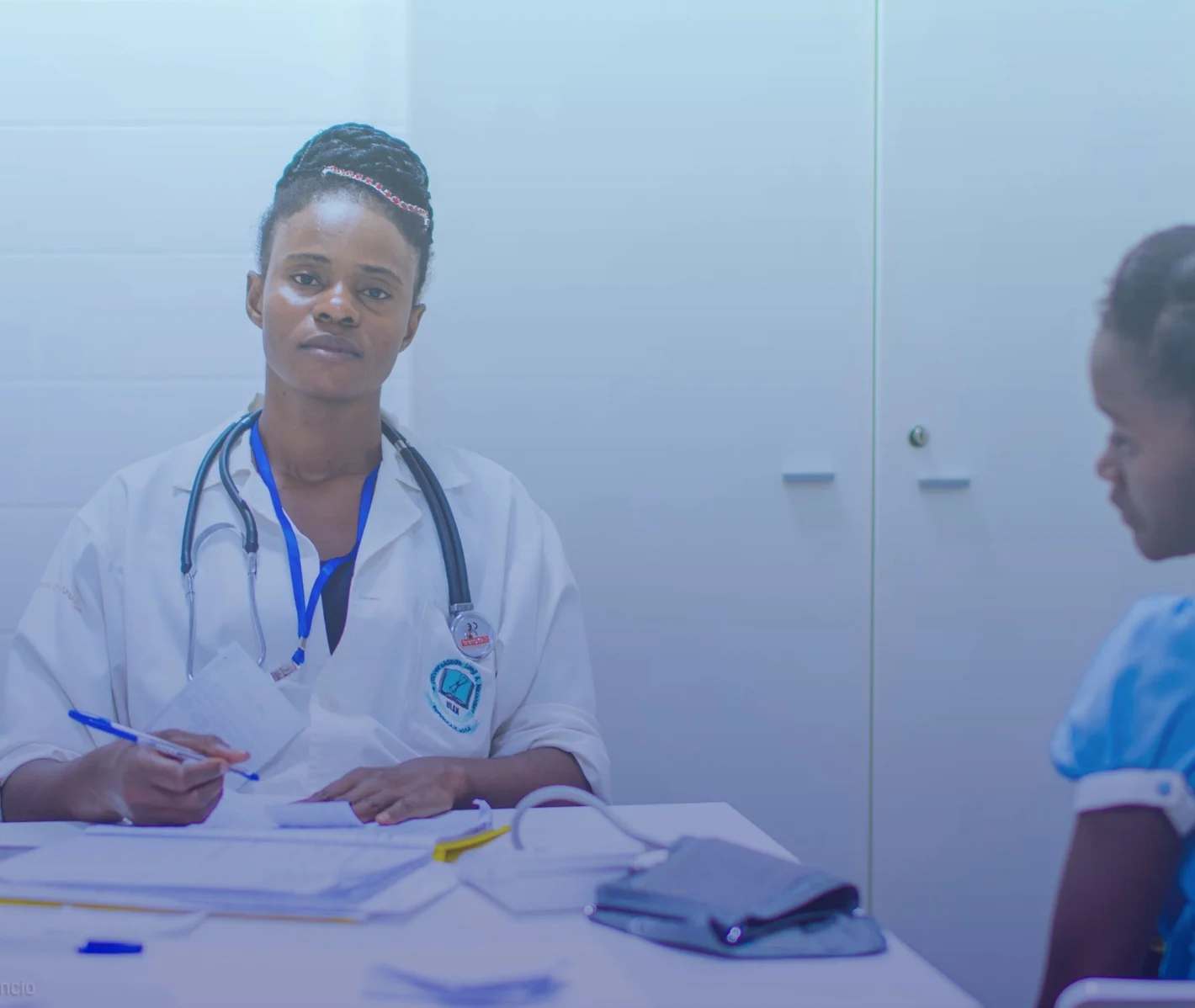














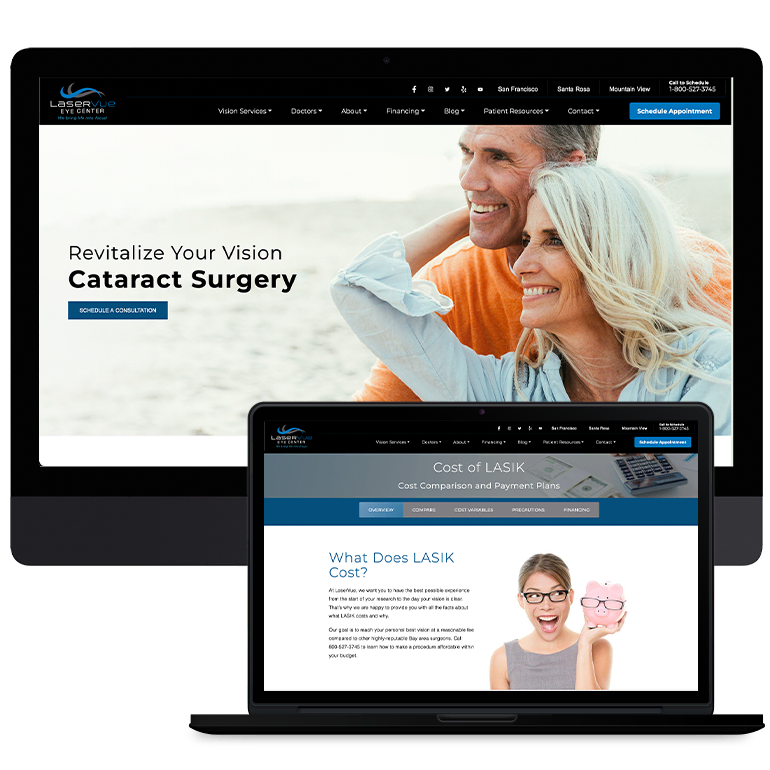
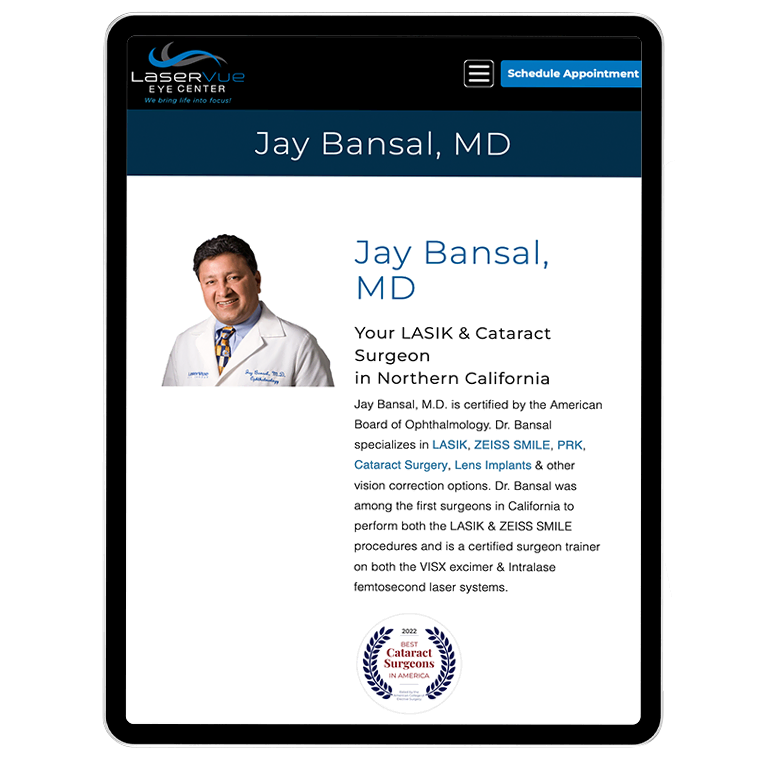
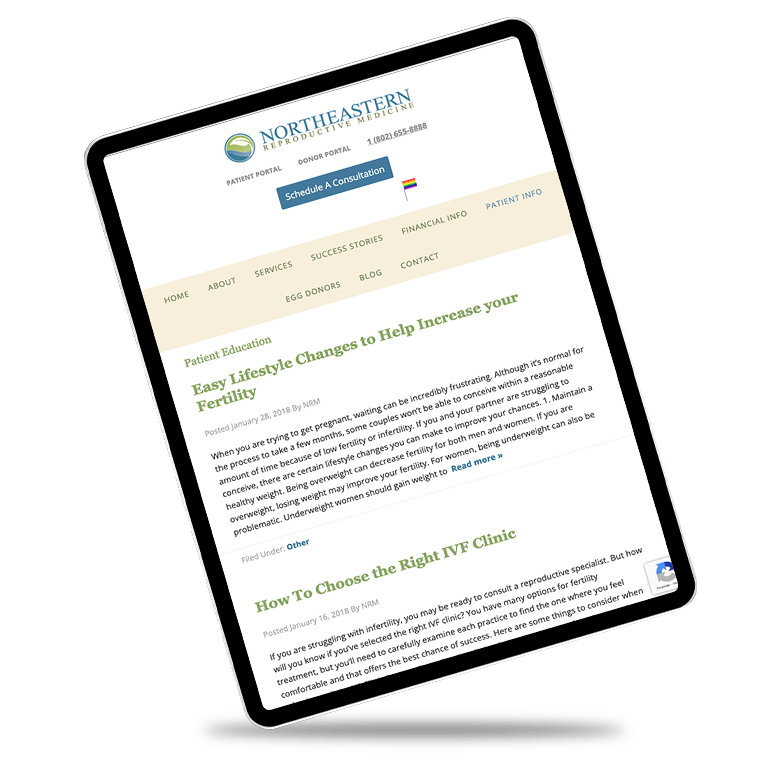
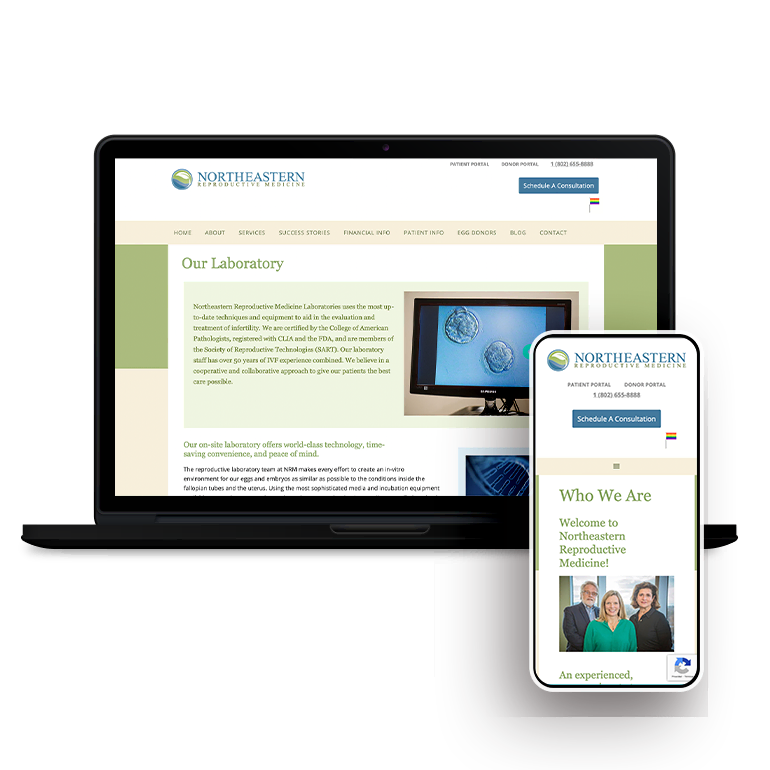
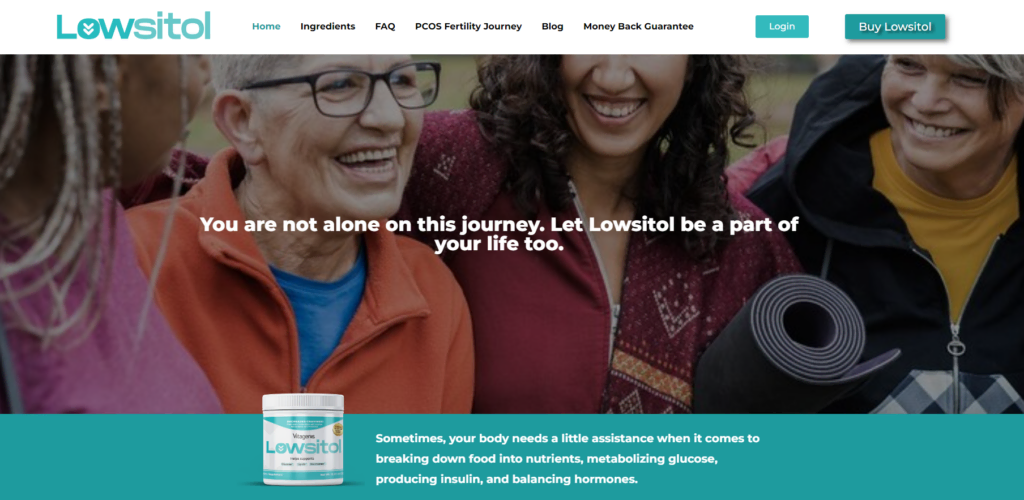

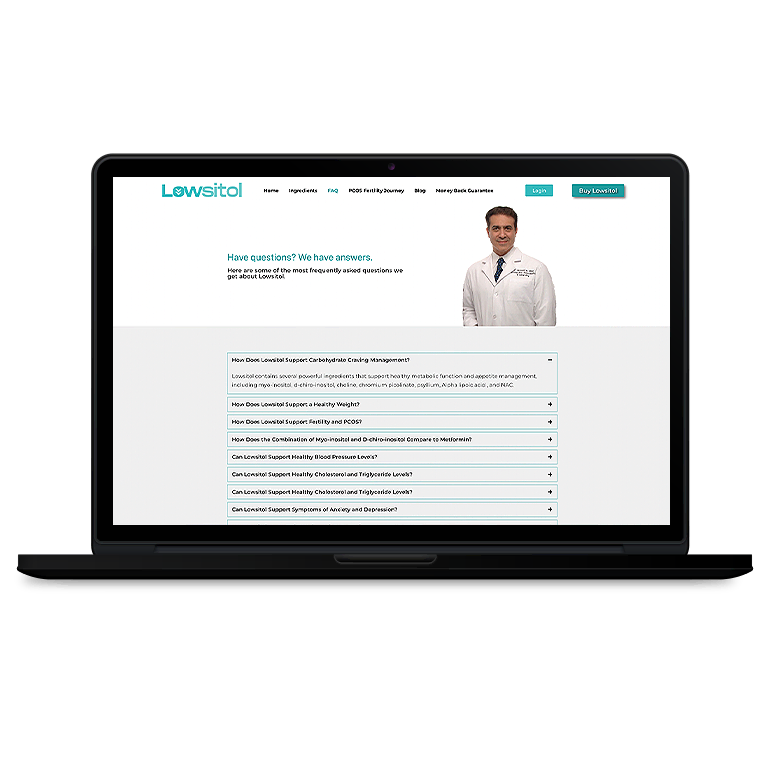
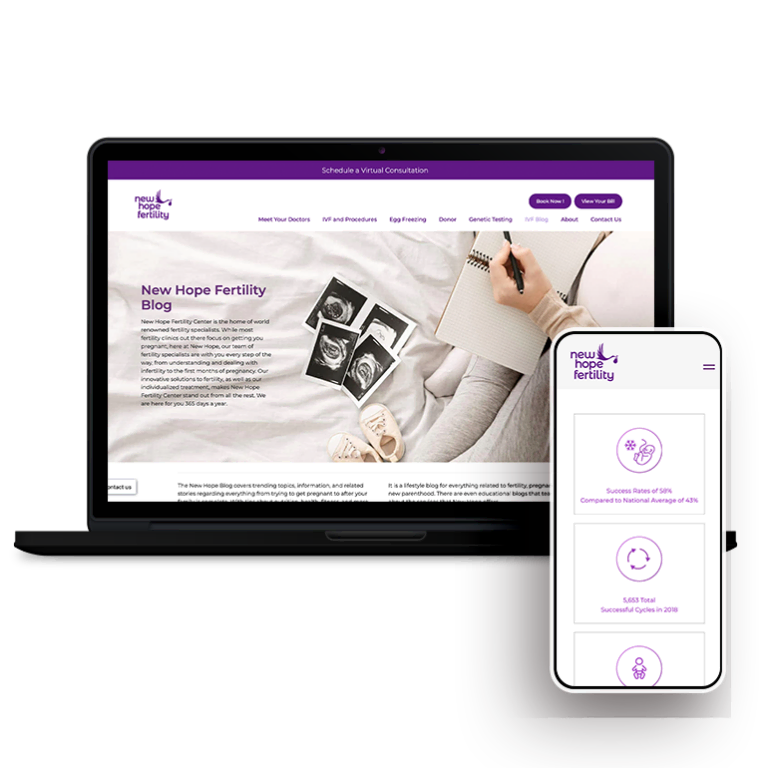
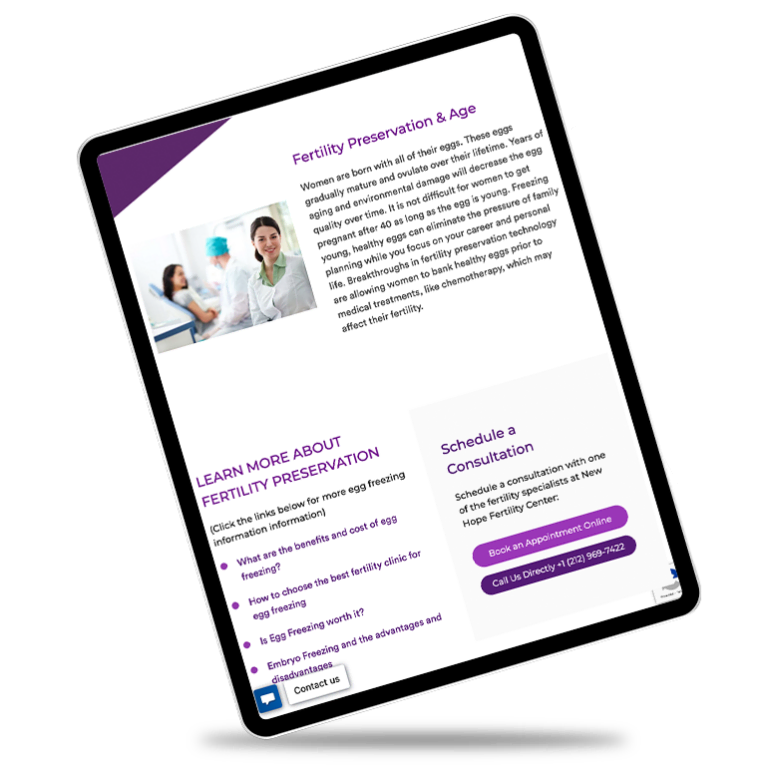
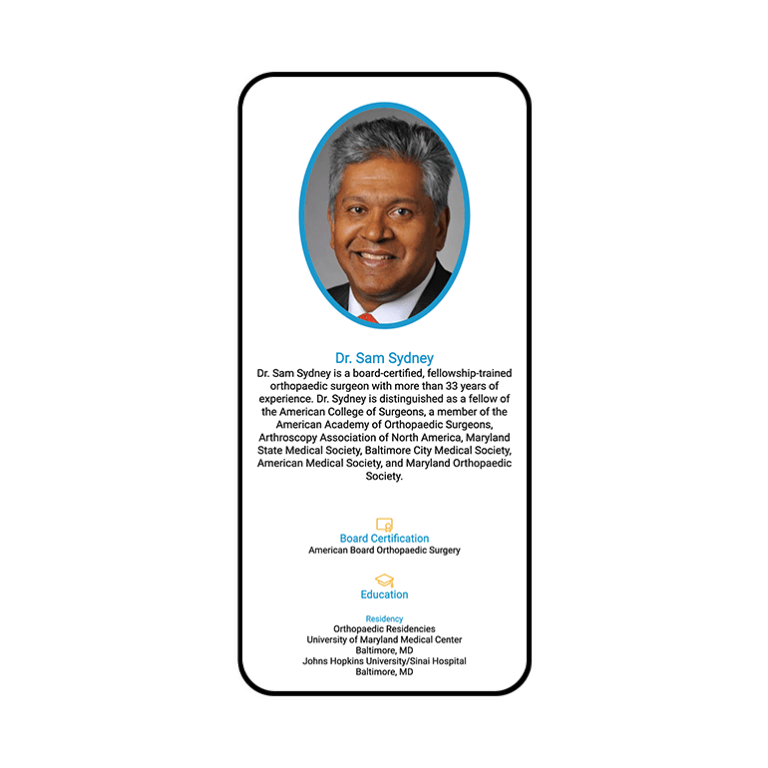
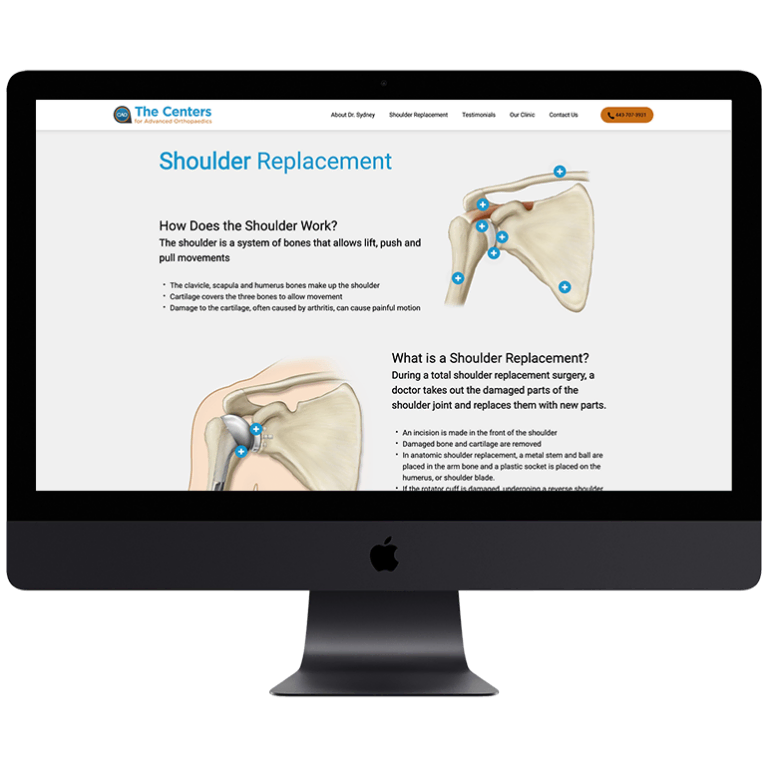


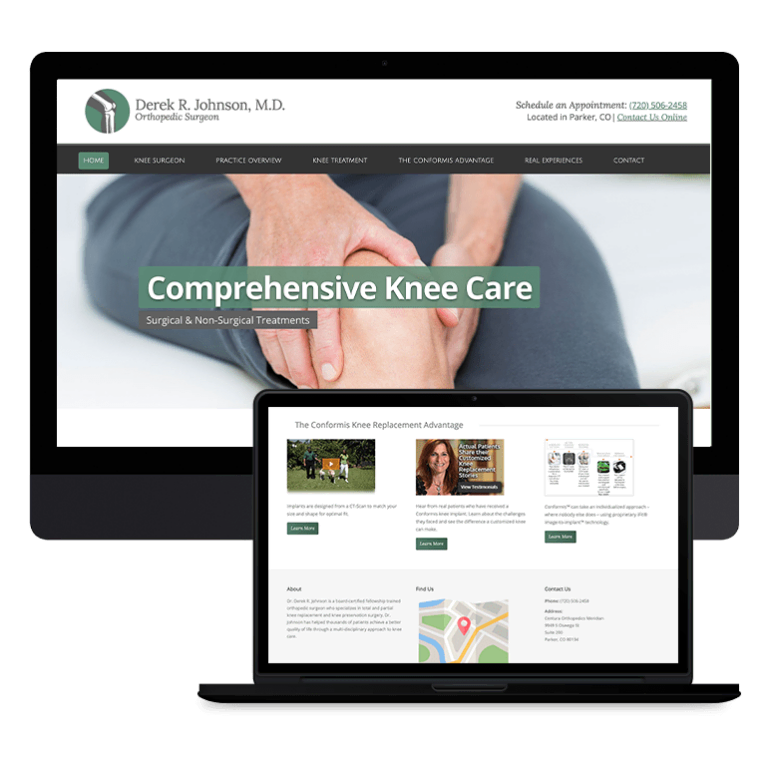
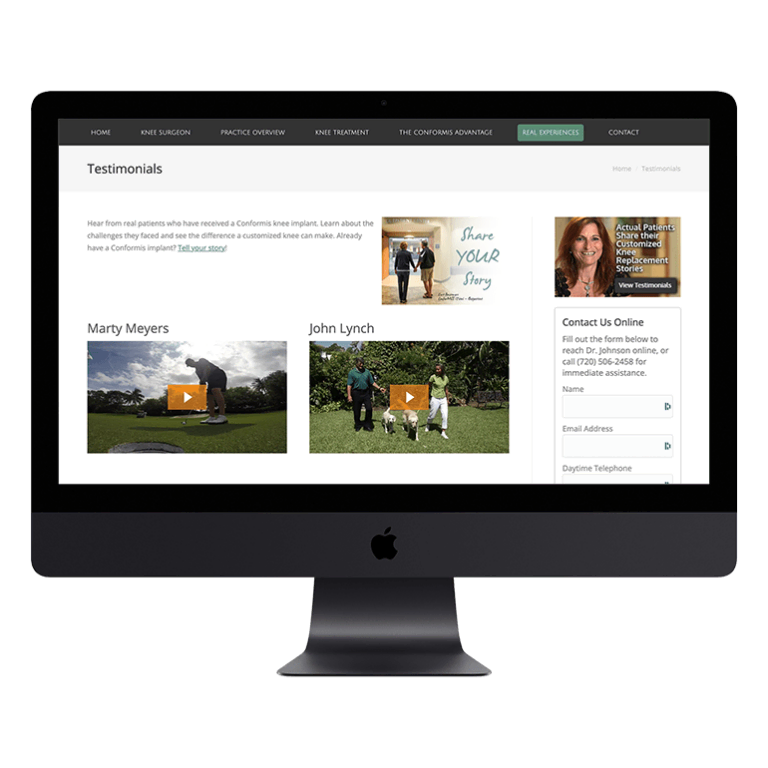

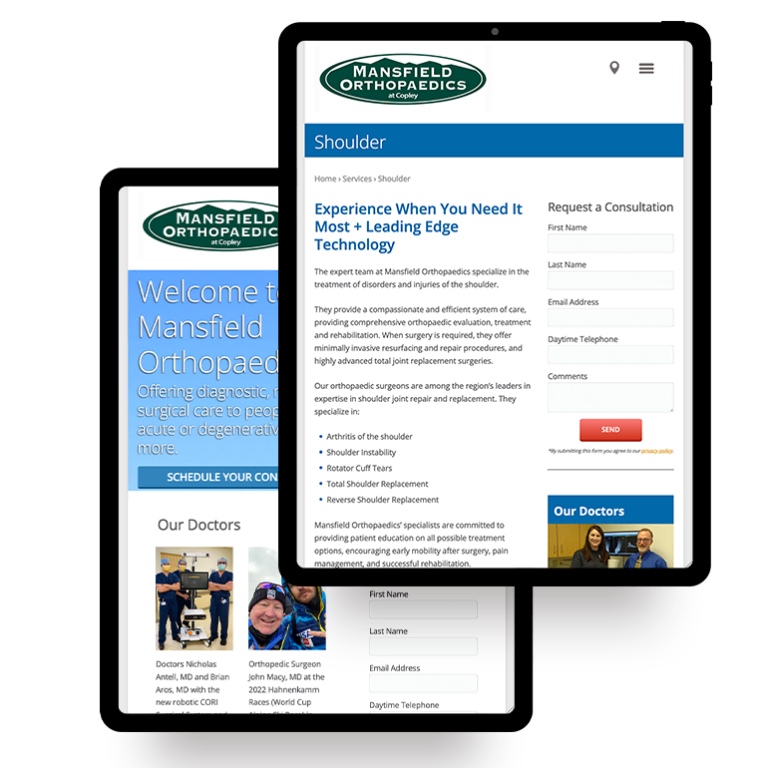
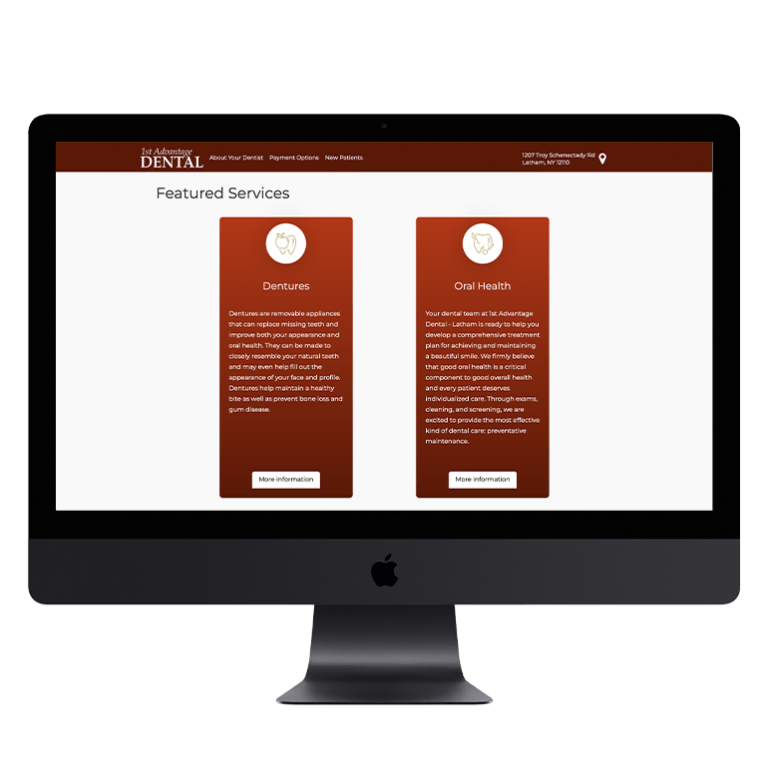
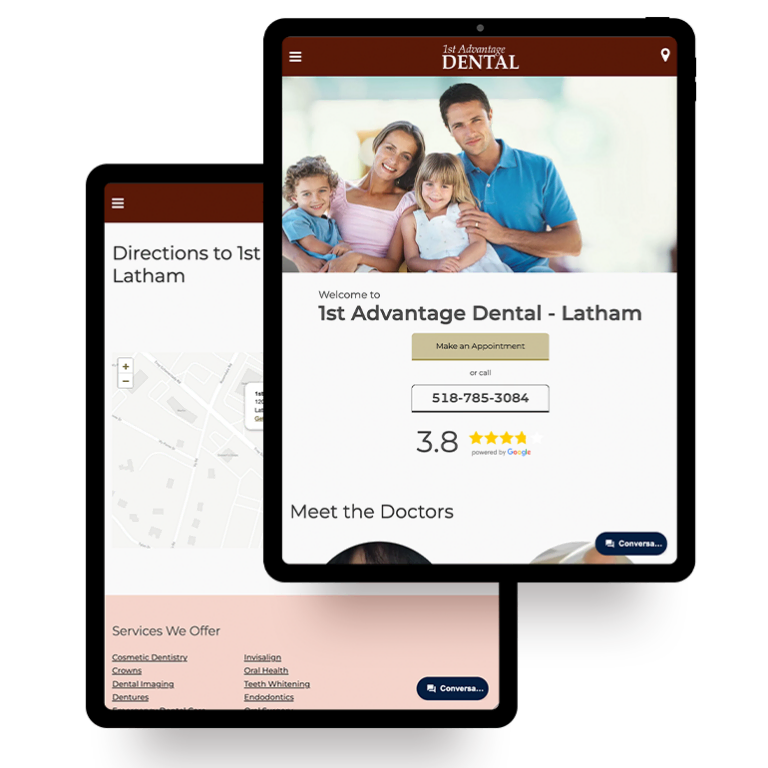
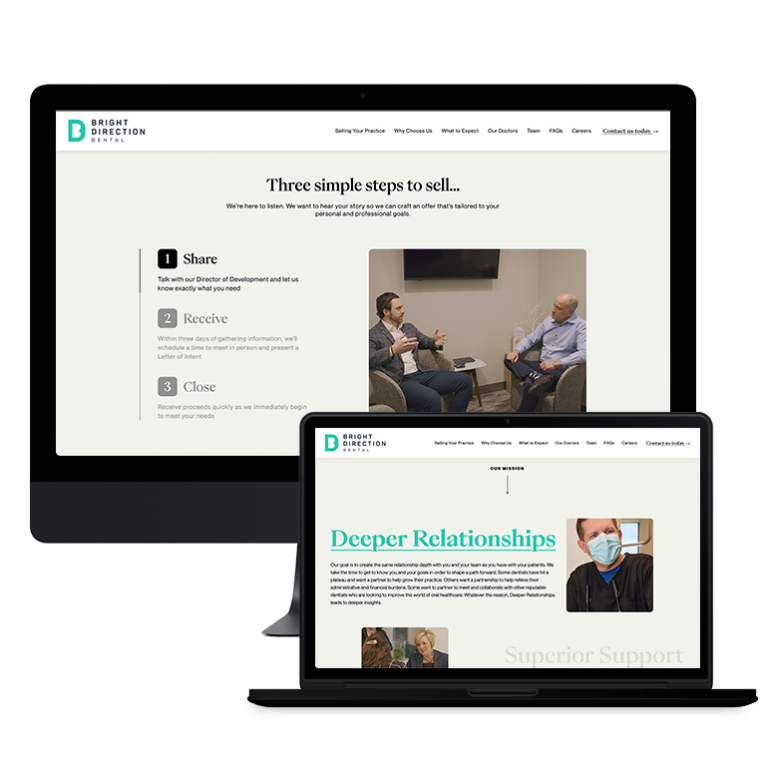
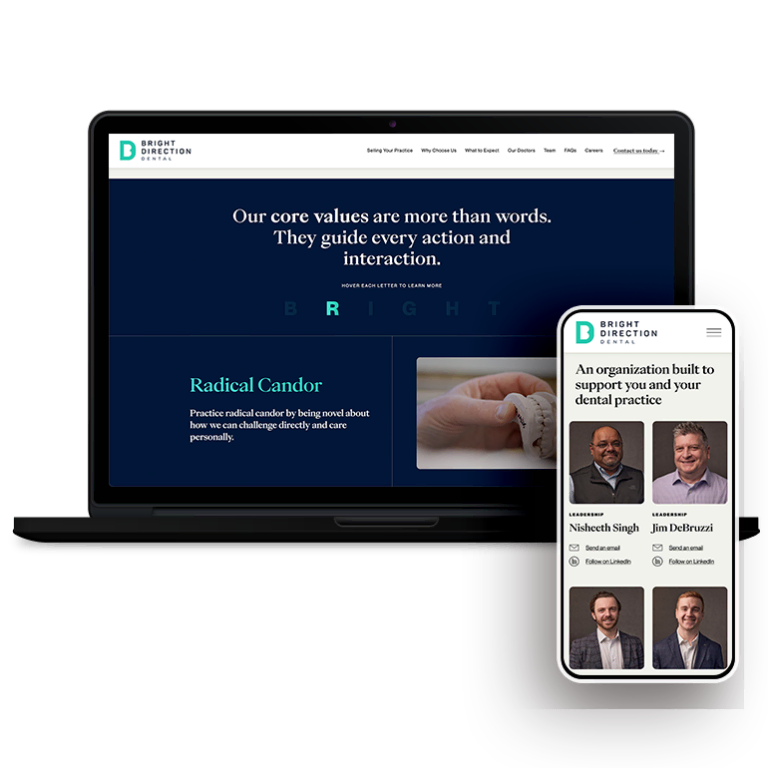
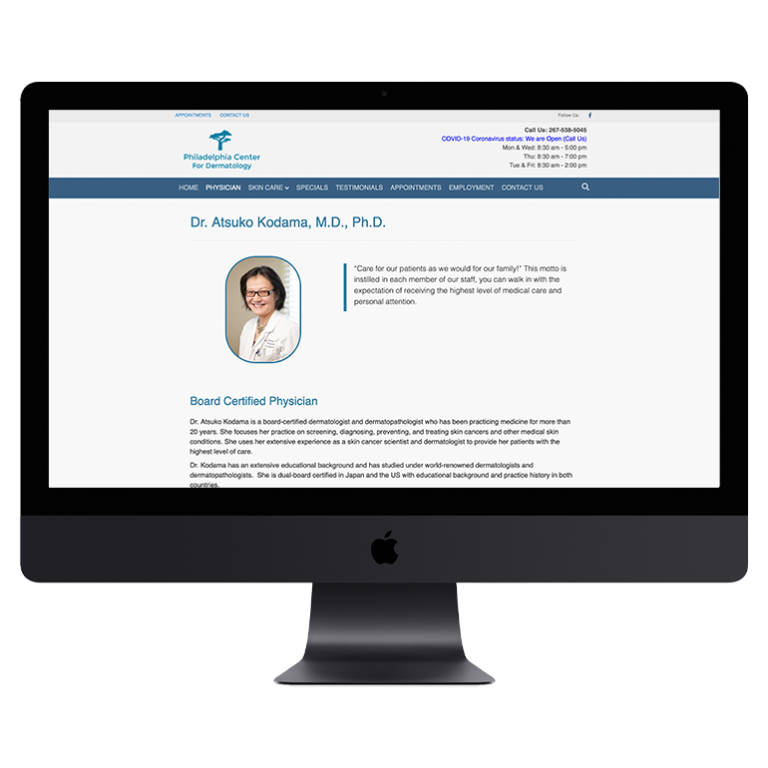
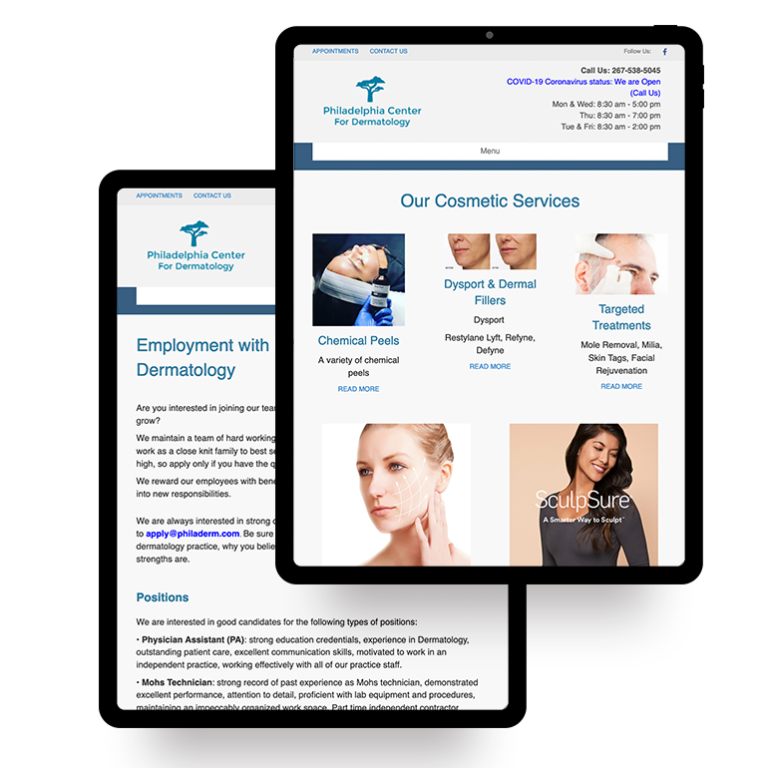
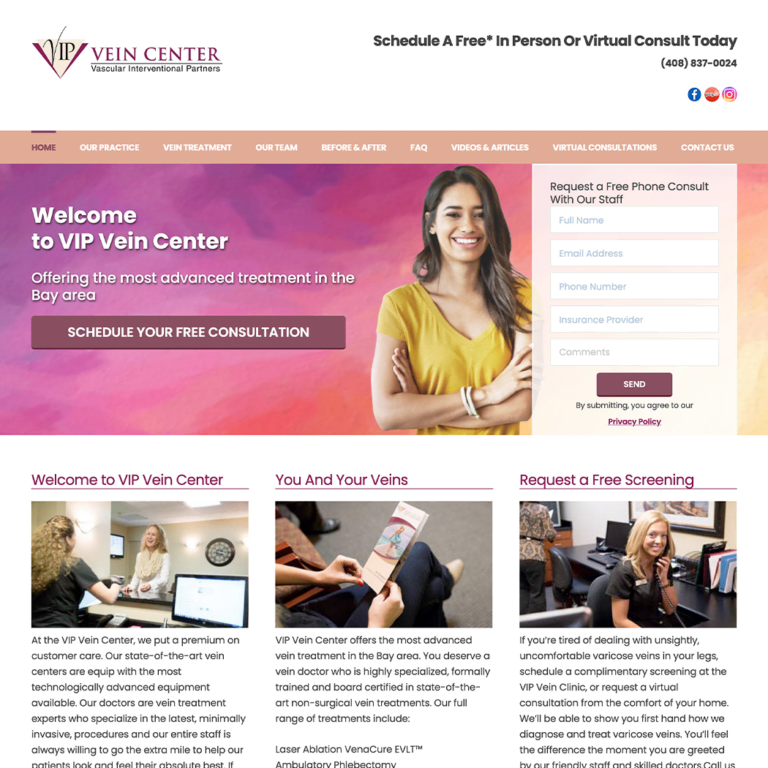

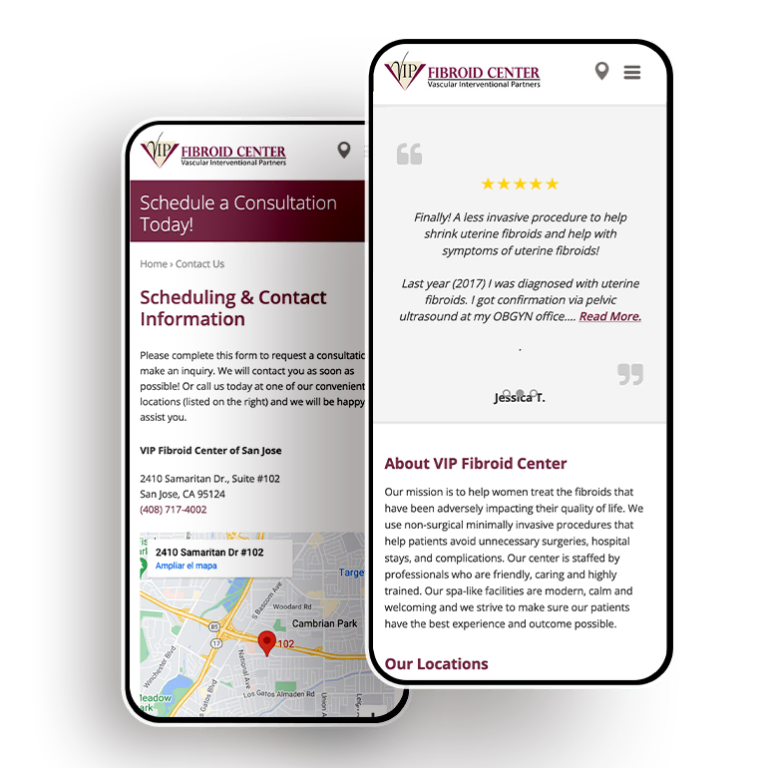
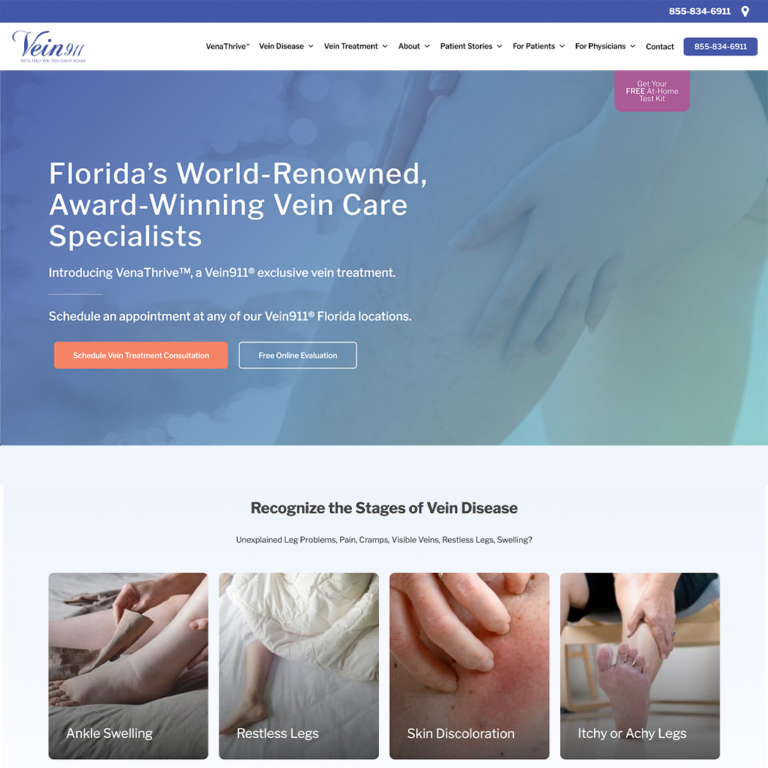
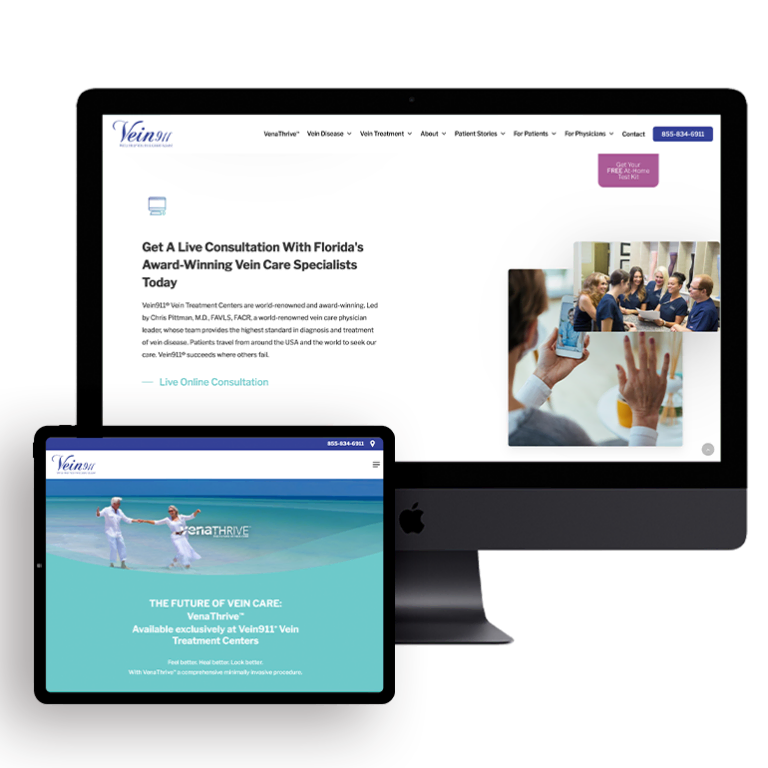
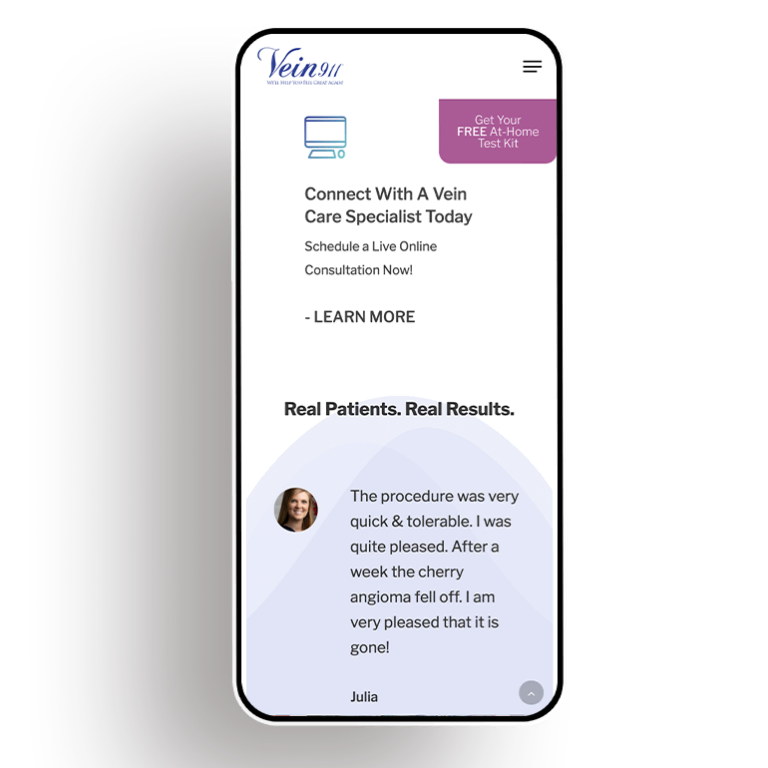
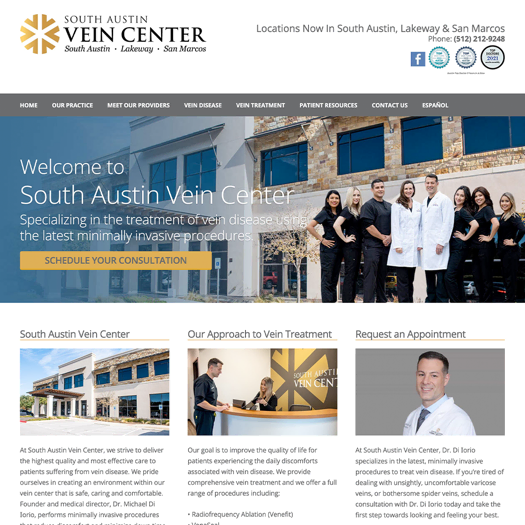
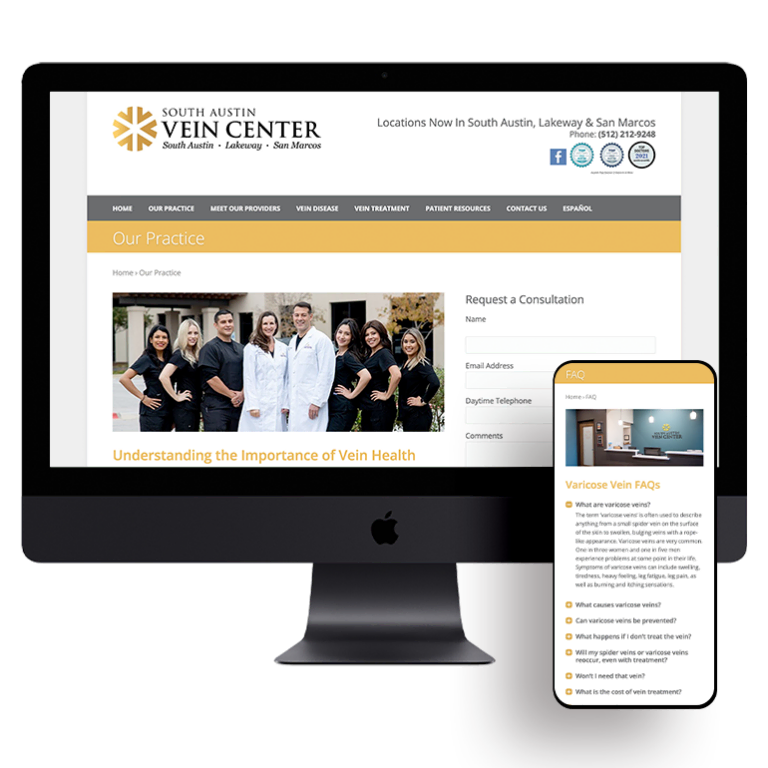
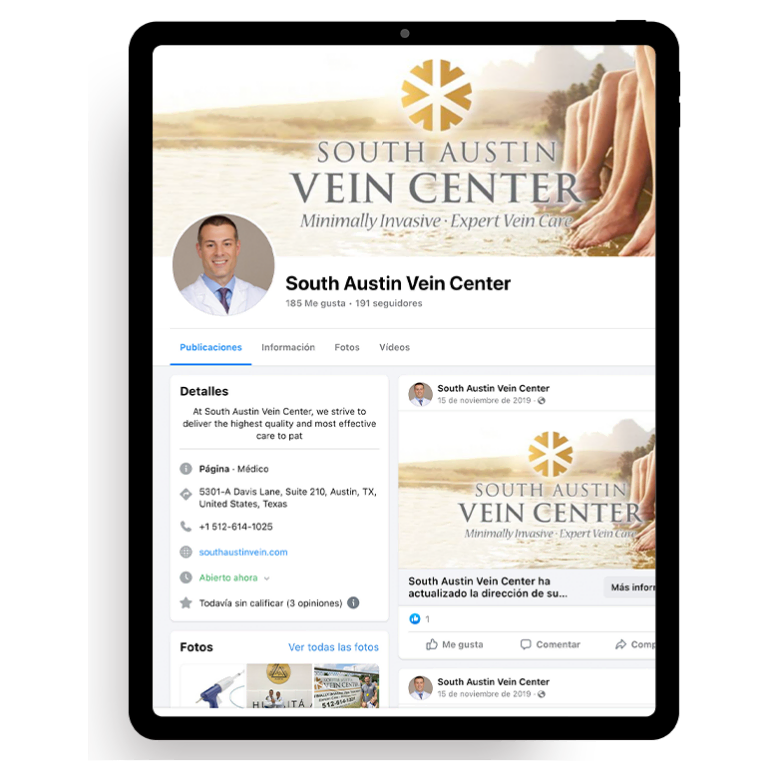

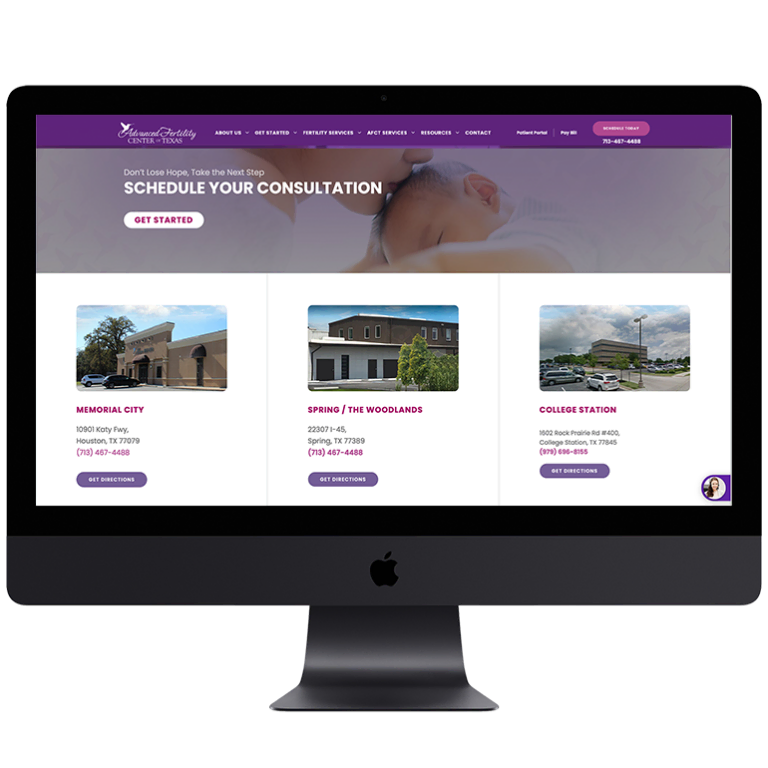
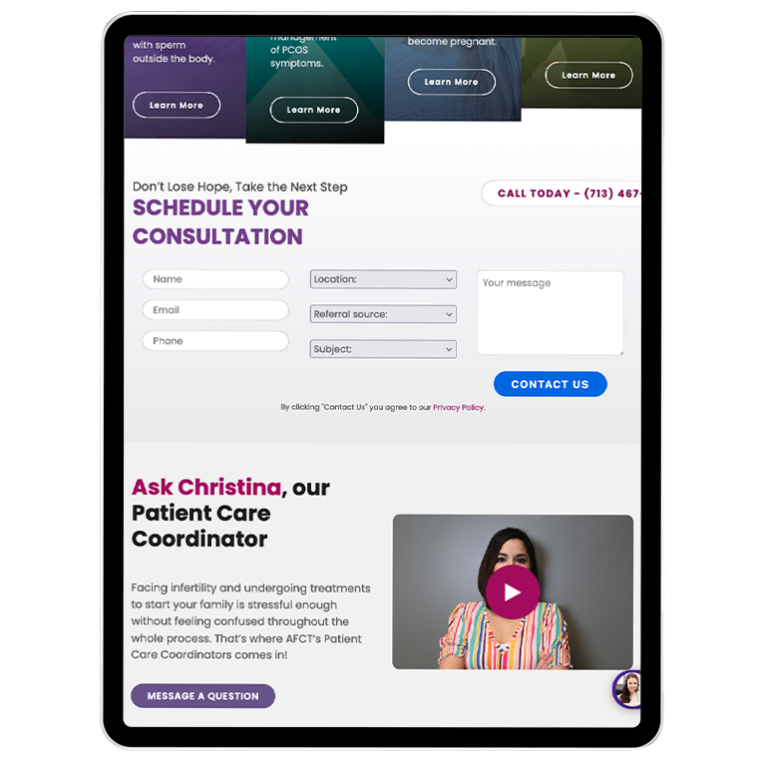


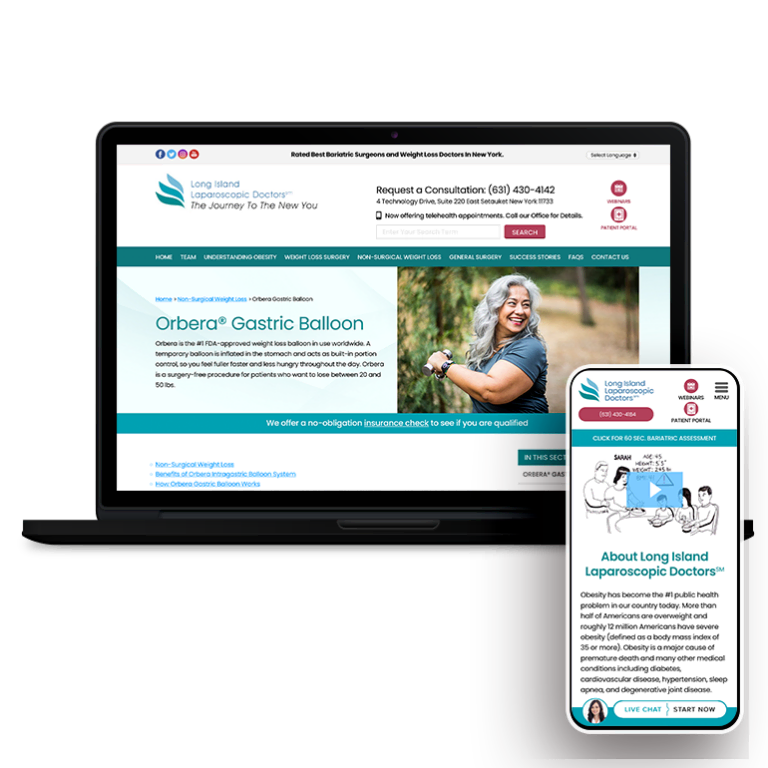
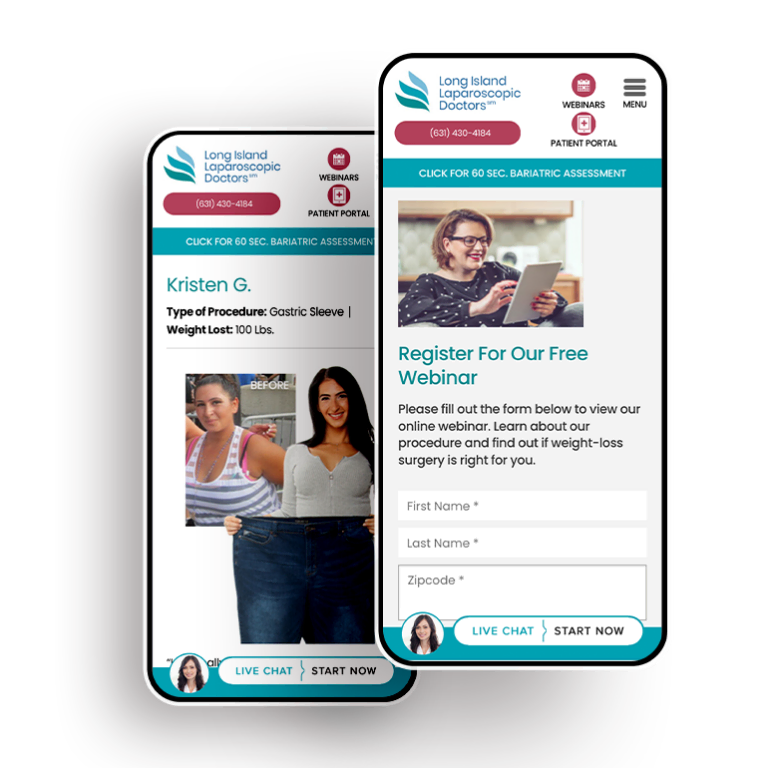
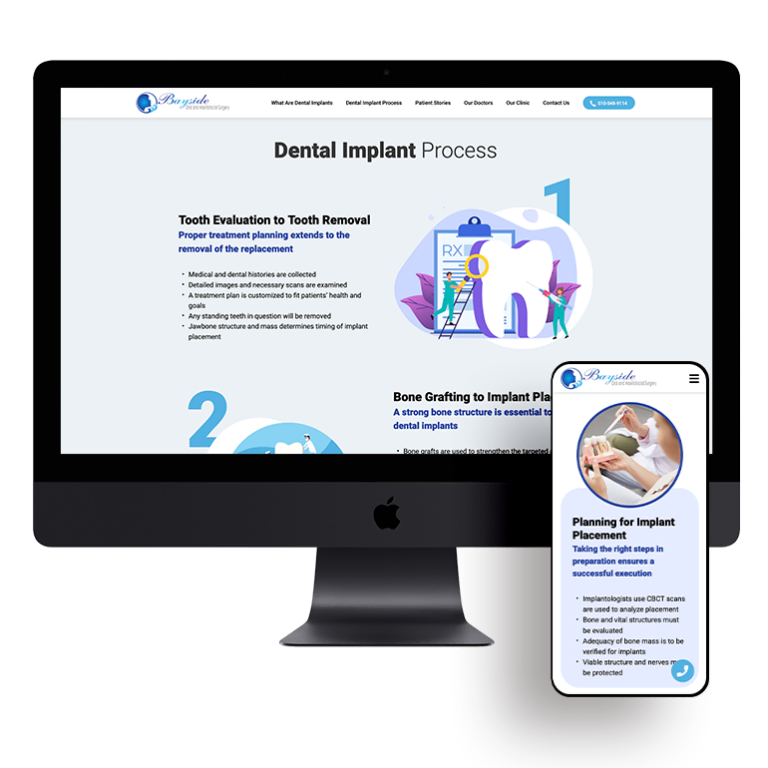
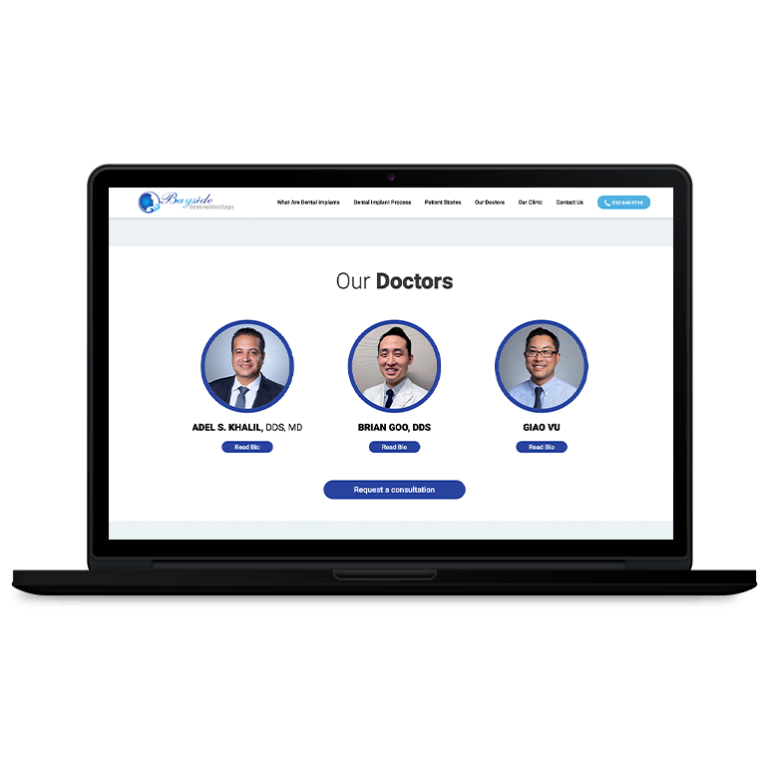
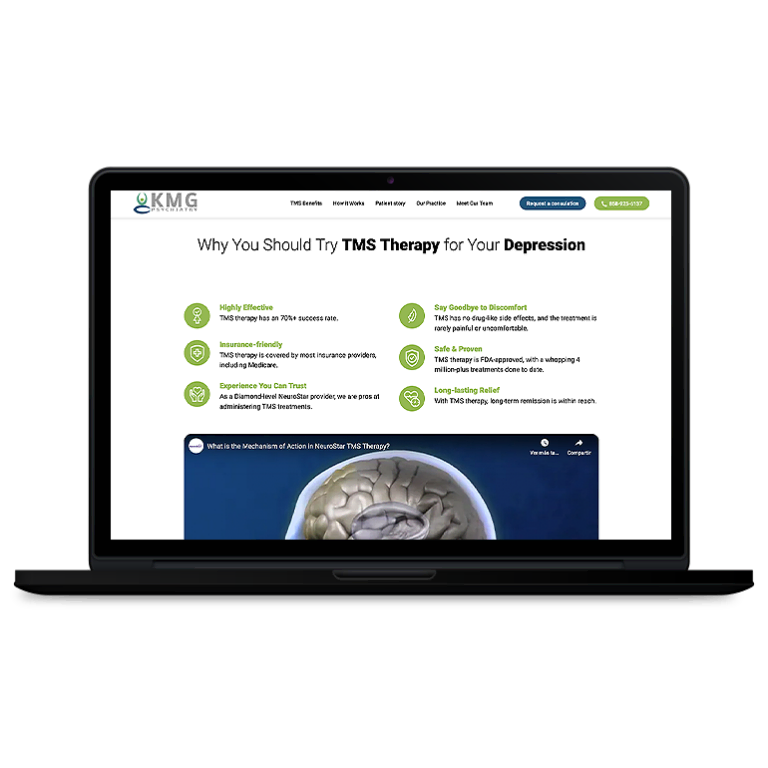
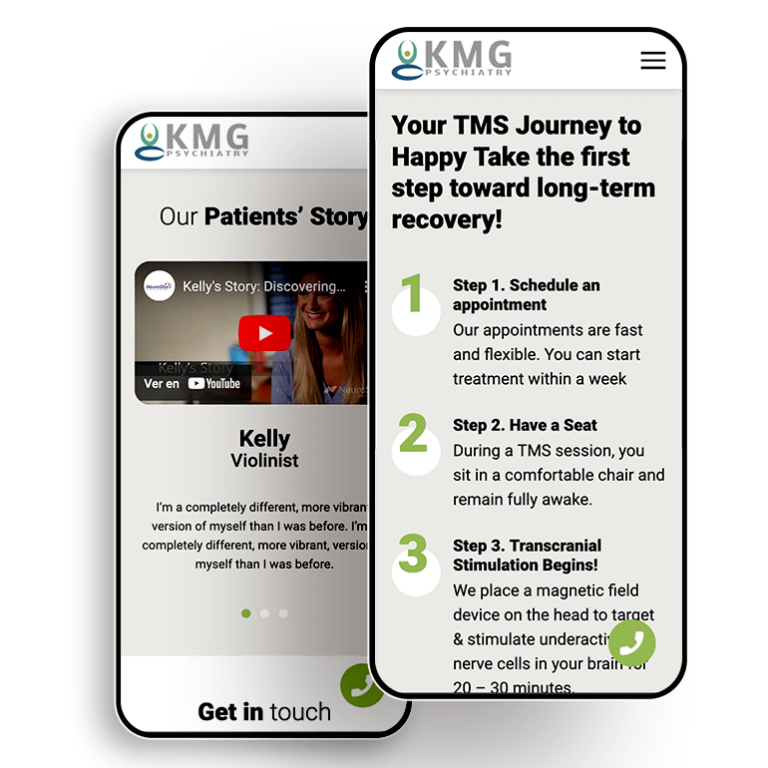
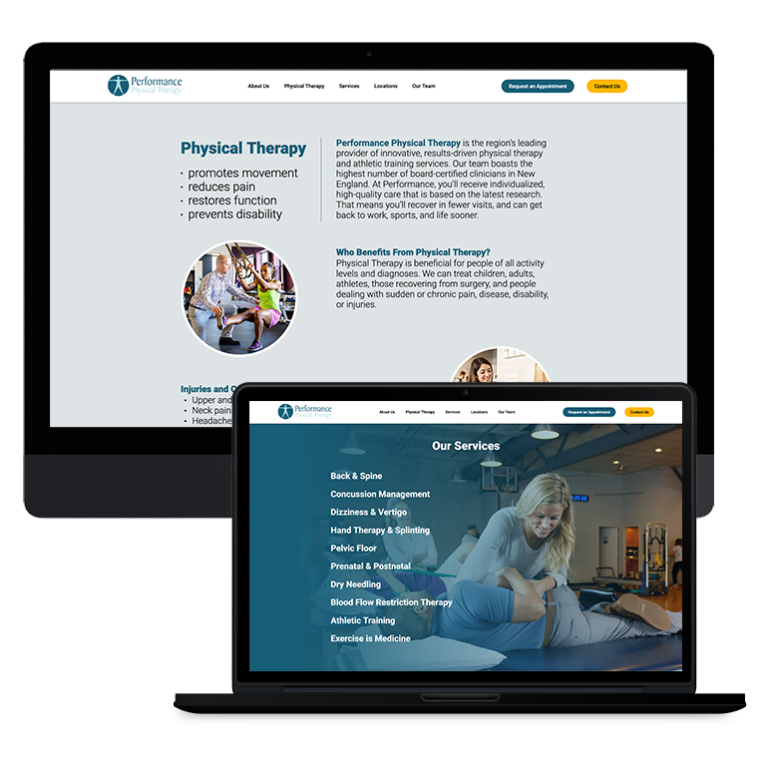
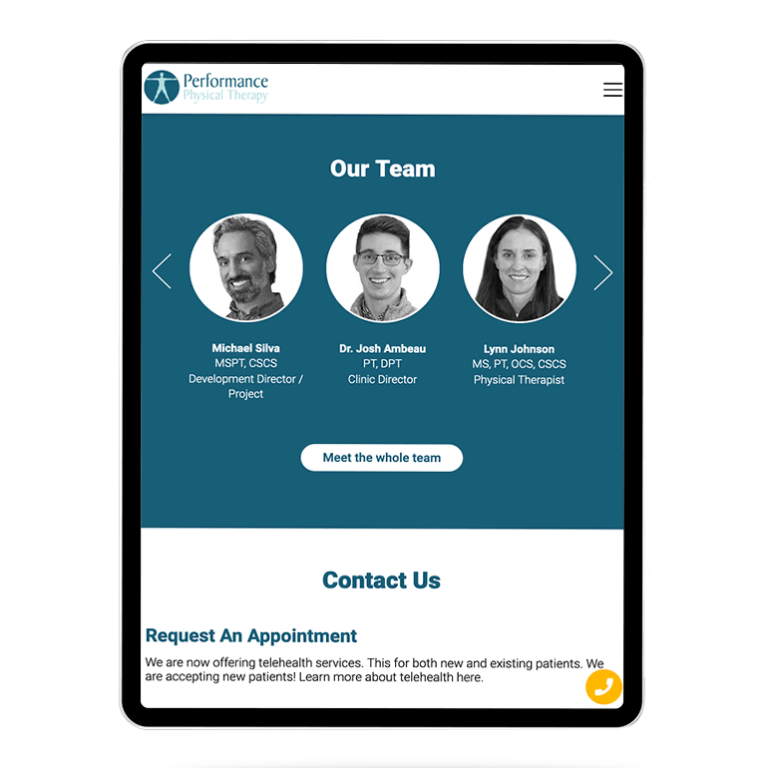
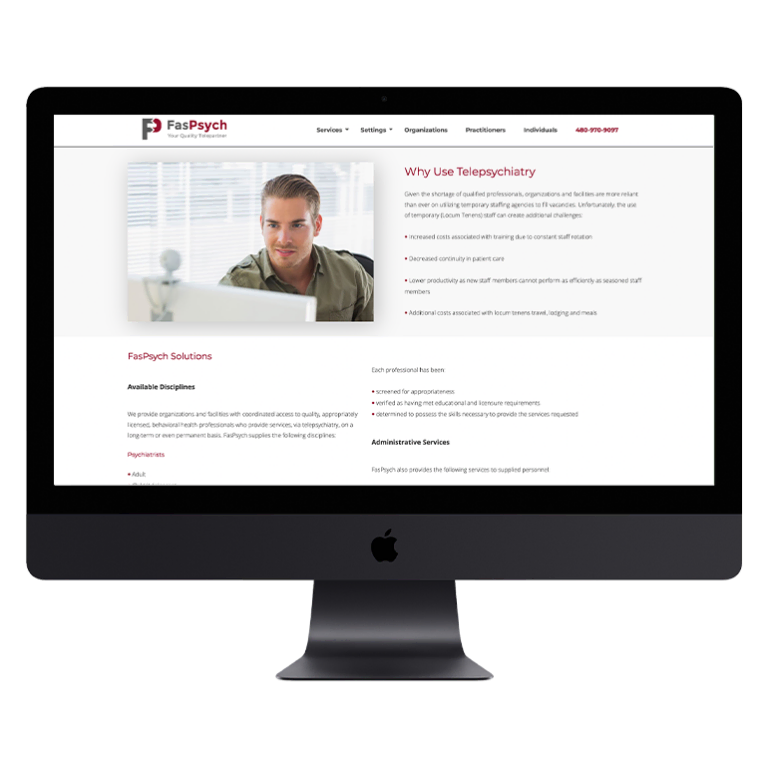
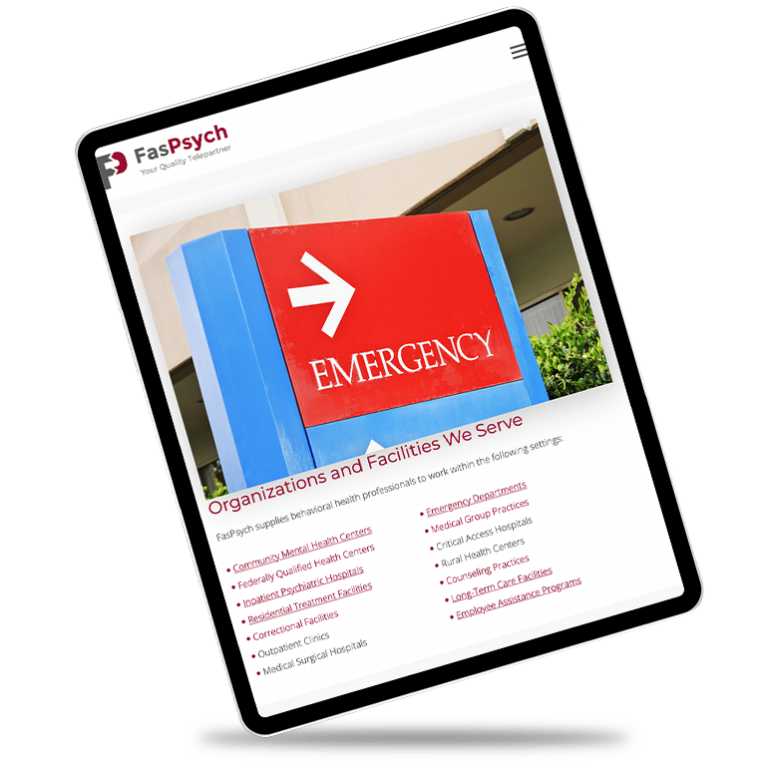
 Smart Design Creates New Patient Opportunities
Smart Design Creates New Patient Opportunities